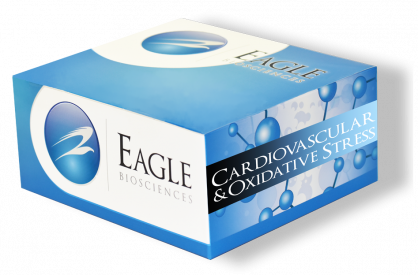Human MCP-1 ELISA Assay
The Human MCP-1 ELISA Assay is For Research Use Only
Size: 1×96 wells
Sensitivity: 15 pg/mL
Dynamic Range: 31.25 – 2000 pg/ml
Incubation Time: 3.5 hours
Sample Type: Serum, Plasma, Cell Culture
Sample Size: 100 µl
Alternative Names: Monocyte chemoattractant protein-1, monocyte chemotactic protein-1
Assay Background
Monocyte chemoattractant protein-1 (MCP-1) called also monocyte chemotactic protein-1. MCP-1 is an 8.6kDa protein and belongs to the family of chemotactic cytokines known as Chemokines. MCP-1 is expressed by monocytes, vascular endothelial cells, smooth muscle cells, glomerular mesangial cell, osteoblastic cells, and human pulmonary type-2-like epithelial cells in culture. MCP-1 exhibits chemotactic activity for monocytes/macrophages, basophils, T lymphocytes, particularly memory T cells and natural killer cells and neural stem cells. Elevated levels of MCP-1 are detected during inflammation and immune responses. MCP-1 activity is also important in wound healing as shown by delayed wound repair in MCP-1deficient mice. MCP-1 is implicated in the pathogenesis of disease states that involve monocyte/macrophage infiltrates, such as psoriasis, rheumatoid arthritis and recruitment of monocytes to the arterial wall in atherosclerosis. In addition to its chemotactic function, MCP-1 also induces the expression of IL-10 from macrophages, which favors a TH2 immune response. MCP-1 is a glycopeptide containing one potential N-linked glycosylation site. The extent of MCP-1 glycosylation influences its chemotactic potency and half-life in vivo.
Related Products
MMP-9 ELISA Assay Kit
Human TSLP ELISA Assay
Human sICAM-1 ELISA Assay


